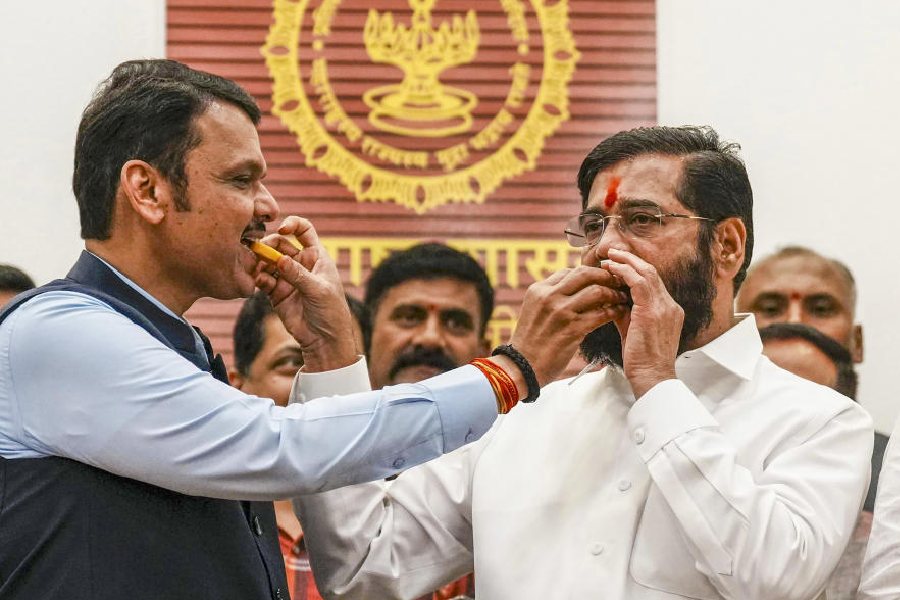 Wednesday, 22 January 2025
Wednesday, 22 January 2025
 Wednesday, 22 January 2025
Wednesday, 22 January 2025
India’s unexpected 3-0 whitewash loss to New Zealand on home ground has struck a nerve with fans and analysts alike. New Zealand, without their best batter Kane Williamson, pulled off a historic feat, reminiscent of India’s own legendary victory against Australia at Gabba in January 2021.
Here’s a closer look at what went wrong and where the Indian team needs to go from here to face Australia this month for the Border-Gavaskar trophy.
Home advantage taken for granted
India’s home grounds have long been a fortress, with spin-friendly pitches that fluster visiting teams. New Zealand flipped the script by showing an adaptability that India failed to match. Despite playing on familiar surfaces, Kiwis’ mastery of variable bounce and seam movement unsettled Indian batsmen. Even players like Virat Kohli and Rohit Sharma failed to make a lasting impact.
New Zealand’s ability to adapt to India’s conditions—conditions that have often been decisive for India—revealed an uncomfortable truth: home advantage can’t compensate for a lack of preparation.
A rigid coaching approach that lacks adaptability
Gambhir’s coaching style, characterised by calculated and methodical play, proved to be too rigid against New Zealand’s dynamic approach. With modern Test cricket favouring teams that can shift tactics on the fly, India’s reluctance to adjust in real-time became a liability.
Gambhir’s hesitation to encourage counter-attacking tactics left India playing an outdated game in a fast-paced arena. This mismatch between approach and situation highlighted a need for a more flexible coaching strategy, especially when faced with teams ready to exploit any tactical inflexibility.
Leadership disconnects: Two minds, one team?
A visible challenge for India was the apparent disconnect between captain Rohit Sharma and coach Gautam Gambhir. Known for his instinctive and aggressive style, Sharma seemed at odds with Gambhir’s methodical approach. This clash left the team directionless during critical moments.
Gambhir’s preference for a calculated game plan clashed with Sharma’s urge to take risks, and the lack of alignment left players caught between strategies. Field placements, bowling rotations, and even the pace of the game became inconsistent, with players appearing uncertain about their roles.
A fragile middle order that crumbles under pressure
New Zealand’s bowlers exposed a fragility that went unnoticed in prior series. Although the Indian lineup boasted experience, the middle order faltered under pressure, lacking the resilience to withstand New Zealand’s disciplined pace attack. Key players, such as KL Rahul, Ravindra Jadeja to Sarfaraz, failed to build crucial partnerships.
Over-reliance on star players, weakening the bench
India’s performance underscored a concerning over-dependence on a few key players, a potential Achilles’ heel for the team’s long-term strategy. Despite fielding a full-strength squad, their reliance on stars like Kohli and Rohit left them vulnerable when these players struggled against New Zealand’s relentless approach. The team’s inability to turn to dependable support players reveals a troubling gap in bench strength.
India has an impressive talent pool, including emerging names like Shubman Gill and Washington Sundar, yet the absence of a well-rounded second line left the team stretched thin.
Where does India go from here?
Moving forward, India needs more than just talent; it needs adaptability, unity, and a strong bench to compete at the highest level.
Emerging talents like Yashasvi Jaiswal, Sarfaraz Khan, and Washington Sundar show great promise but require time to acclimate to the demands of international Test cricket. For Sharma, Gambhir, and the team management, this loss represents a defining moment: learn, evolve, and strengthen—or risk falling behind in an increasingly competitive field.







